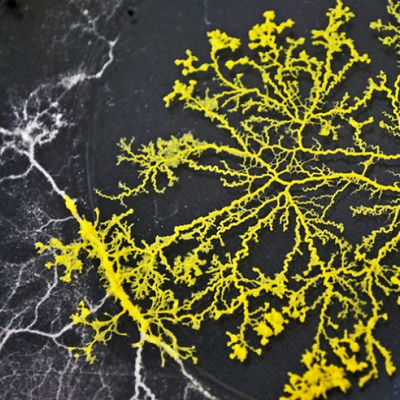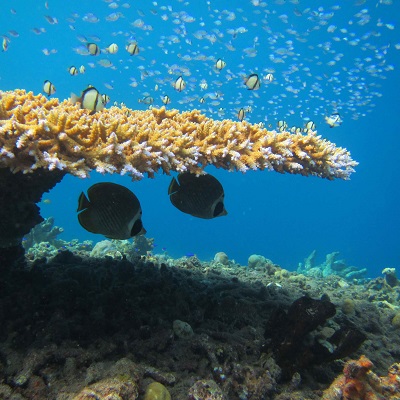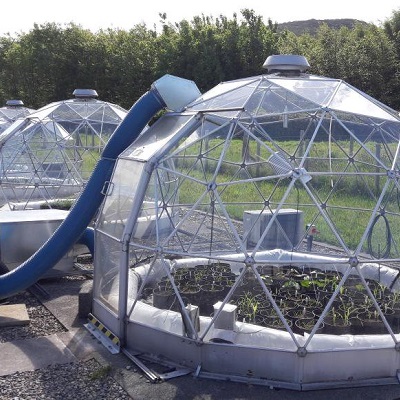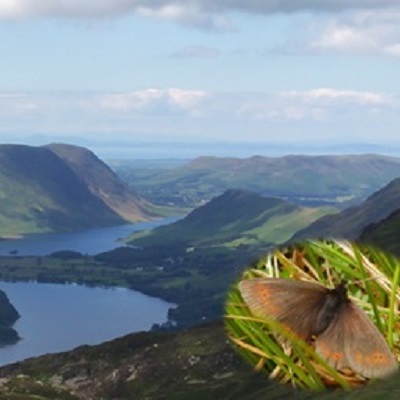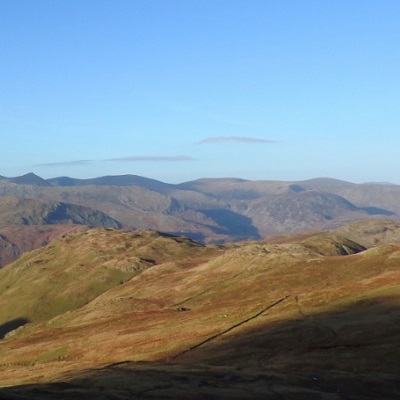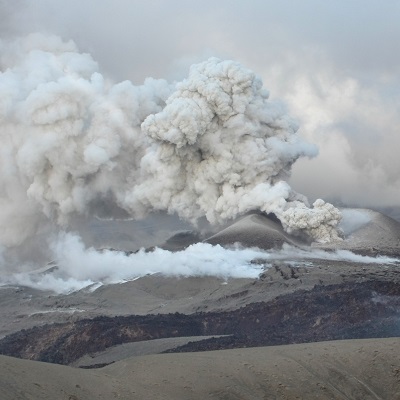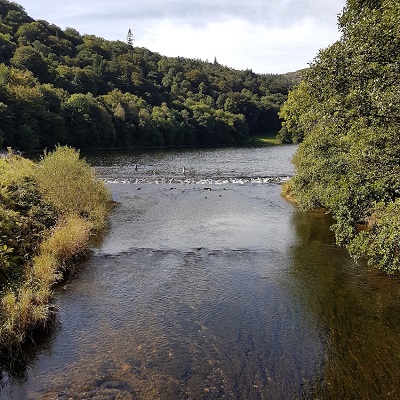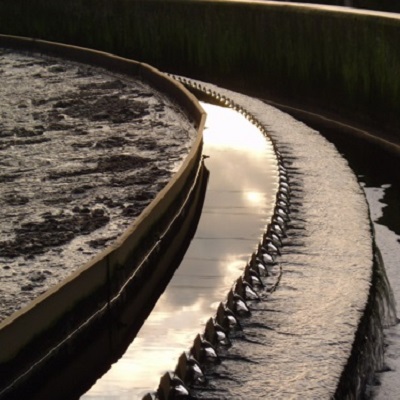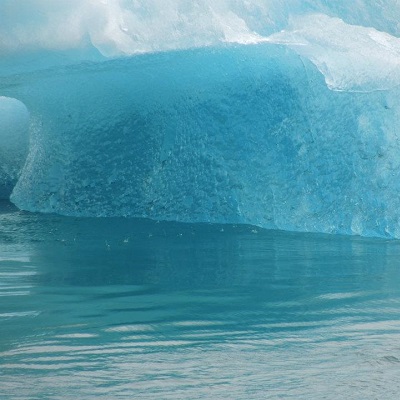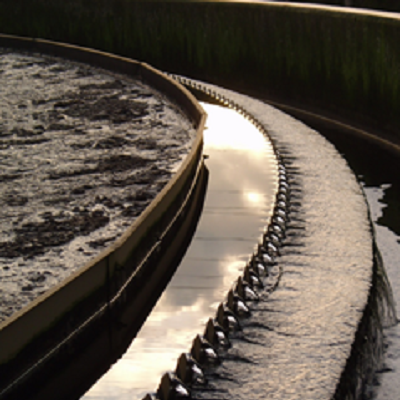In both nature and society, distribution networks are fundamental, facilitating the exchange of materials, energy and information. As systems evolve, these networks become complex leading to fragile systems at significant risk of failure. Rail networks are a classic example of this, where timetable pressures amplify the effects of mechanical failure, spikes in demand and adverse […]
Read More
Coral reefs are undergoing substantial change around the world as mass coral bleaching and other disturbance events disrupt ecological communities. Animal behaviour is thought to be a crucial mechanism underlying this disruption, which could shape the potential for species to cope with on-going environmental change, yet our understanding of these links is in its infancy. One particularly interesting aspect […]
Read More
With the global population projected to reach nearly 10 billion by 2050, food security is a growing concern in many world regions. Rising temperatures, changes in precipitation and deteriorating air quality compound the problem by reducing yields of many staple crops. In response to these environmental stresses many plants have evolved to produce defensive compounds to protect vital photosynthetic […]
Read More
Cold-adapted species, including those restricted to mountains, are highly vulnerable to climate change. For UK butterflies, cold-adapted species are similarly threatened by climate change-mediated decline, with some species demonstrating range retractions concurrent with recent warming. Consequently, upland species are becoming a priority for many conservation organisations both in the UK and globally. However, developing adaptation strategies for these species is […]
Read More
Can our upland landscapes provide clean drinking water, store carbon, maintain biodiversity, act as a platform for leisure activities and provide a rural economy around grazing all whilst coping with the increasing pressures of climate change? Our mountainous regions are clearly under many, sometimes conflicting, demands, and this has led to a substantial degradation in the ecosystem functions that […]
Read More
Tuffisite veins are particle-filled hydraulic fractures formed around and within volcanic conduits, which are opened by and provide transient pathways for flow of pressurised magmatic fluids. Tuffisites become sealed by welding of pyroclasts, and their evolving permeability is thought to influence shallow conduit pressurisation and the behaviour of silicic eruptions. Poor constraints on the longevity of fluid flow within […]
Read More
The project: Changes in the availability of nitrogen and carbon within rivers, for example associated with anthropogenic inputs from sources such as fertilisers or wastewater, have profound effects on these ecosystems across the globe. Accurate identification of the sources and impacts of nitrogen and carbon reaching riverine ecosystems provides the basis for developing future policy and practice to improve […]
Read More
The project: Phosphorus is central to globally-significant challenges, including the need for sustainable approaches to reduce nutrient enrichment within aquatic ecosystems. This project will develop new technologies that reduce the financial and environmental costs associated with removing phosphorus from wastewater. Using a range of materials that are by-products from other industrial sectors, alongside existing commercial products, you will evaluate the […]
Read More
Our current best estimates suggest that enough ice could be lost from Antarctica by the end of this century to contribute over a metre to global sea level if current rates of climate change are not curbed (de Conto and Pollard, 2016). This estimate however, omits the potential contribution of instabilities introduced by the interaction […]
Read More
Phosphorus is an element at the heart of globally-significant challenges, in particular the need to identify sustainable approaches that are able to reduce nutrient enrichment within aquatic ecosystems. In this project, you will develop new technologies in order to reduce the financial and environmental costs associated with removing phosphorus from wastewater. Working with a range […]
Read More

